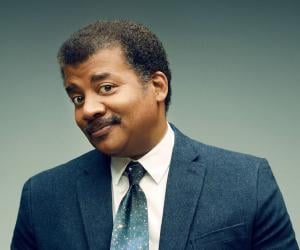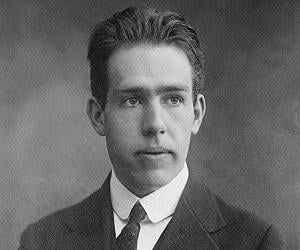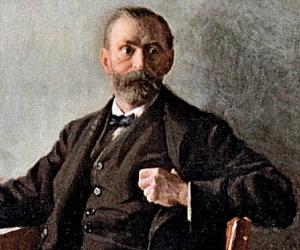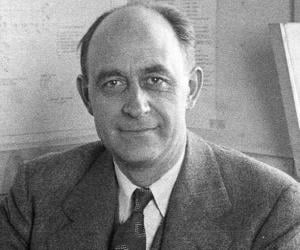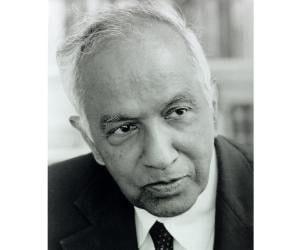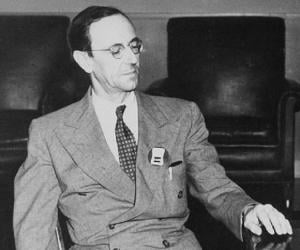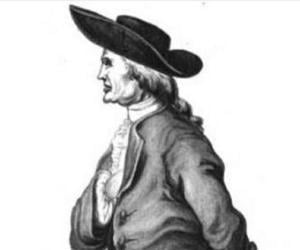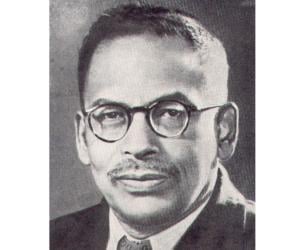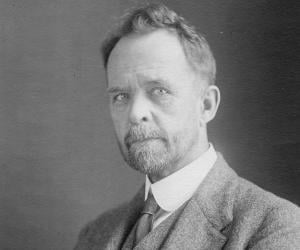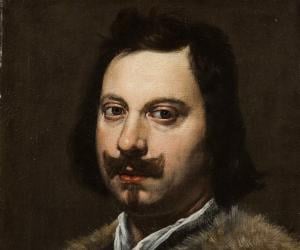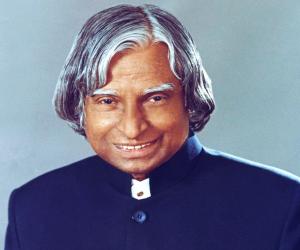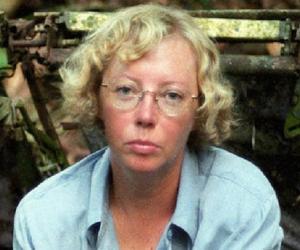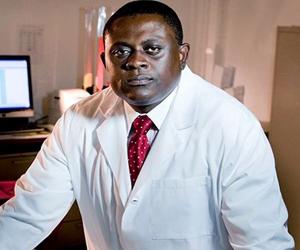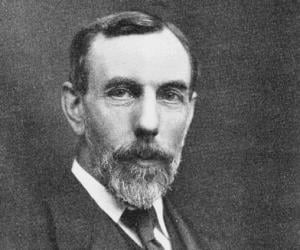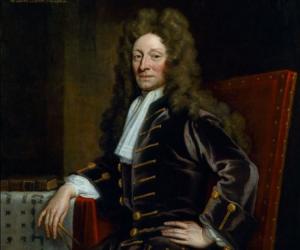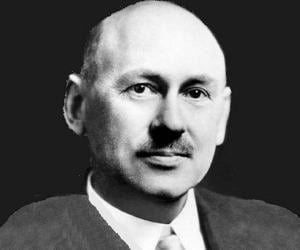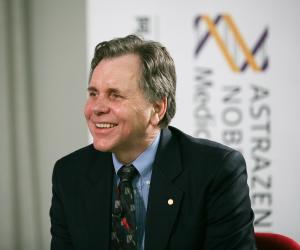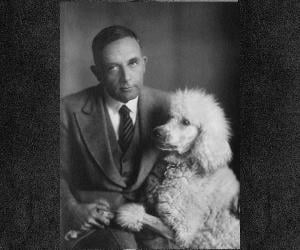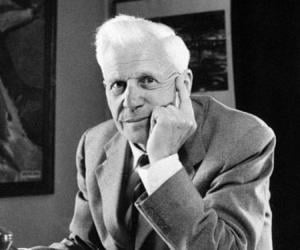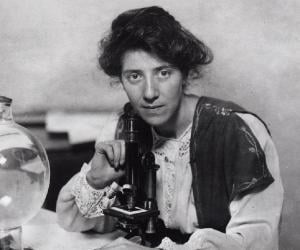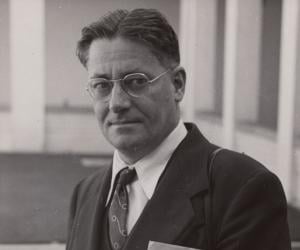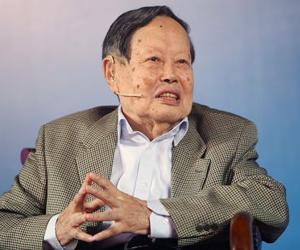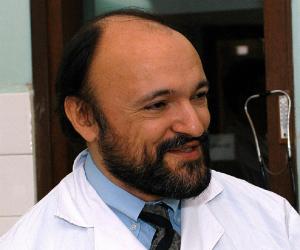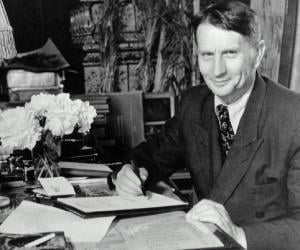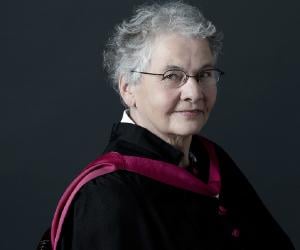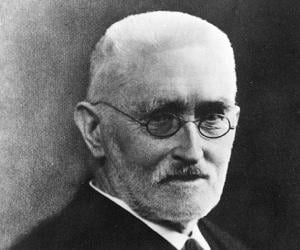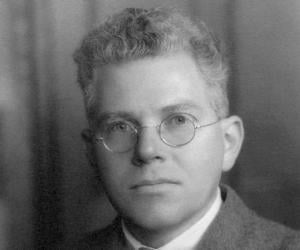Public Welfare Medal-winning astrophysicist and academic Neil deGrasse Tyson hosted shows such as NOVA ScienceNow, Cosmos: A Spacetime Odyssey, and Star Talk. He is the director of Hayden Planetarium and contributed to the dismissal of Pluto’s status as the ninth planet. He has also written a monthly column as "Merlin.”
Alfred Nobel was a Swedish chemist, engineer, and inventor. A prolific inventor, he held 355 different patents. Most popular as the inventor of dynamite, he was concerned with how he would be remembered after his death and bequeathed his fortune to the Nobel Prize institution. A wide traveler, he was proficient in several languages.
Remembered for his varied contribution to astrophysics, Subrahmanyan Chandrasekhar is perhaps best known for his work on the evolution of massive stars. Today known as Chandrasekhar limit, it contributed to final understanding of supernovas, neutron stars, and black holes. A prolific writer, he also did significant work on energy transfer by radiation in stellar atmospheres and convection on solar surface.
Best remembered as a Nobel laureate who discovered neutron, Sir James Chadwick began his career at Cavendish Laboratory, Cambridge, where he worked with Ernest Rutherford to investigate the nature of atomic nucleus, a work that led to the epoch-making discovery. Credited with writing the final draft of the MAUD Report, he also headed the British team at the Manhattan Project
English natural philosopher, scientist, and a prominent experimental and theoretical physicist and chemist Henry Cavendish is best-remembered for his discovery of hydrogen and his Cavendish experiment. He first recognized that hydrogen, which he termed inflammable air, is a discrete substance which produces water on combustion. He conducted the Cavendish experiment to measure and produce a value for Earth’s density.
Indian astrophysicist Meghnad Saha is best remembered for developing the thermal ionization equation. A grocer’s son, he relied on merit alone to excel in academics and eventually became a professor at the universities of Allahabad and Calcutta. He was also a Lok Sabha MP and a Fellow of the Royal Society.
Thomas Hunt Morgan was an evolutionary biologist, geneticist, and embryologist. He won the Nobel Prize in Physiology or Medicine in 1933. He worked extensively on the role that the chromosome plays in heredity and demonstrated that genes are carried on chromosomes. In his later career, he established the division of biology at the California Institute of Technology.
Evangelista Torricelli, a student of Galileo, later made a name for himself as a physicist and a mathematician with his invention of the barometer. He also laid down the Torricelli’s theorem and discovered the Torricellian vacuum. The torr, a unit of pressure, bears his name.
Nigerian-American physician, forensic-pathologist and neuropathologist Bennet Omalu is most-noted for discovering chronic traumatic encephalopathy (CTE) in American football players. He was serving at Allegheny County coroner's office in Pittsburgh at that time. He presently serves as President and Medical Director of Bennet Omalu Pathology, chief medical examiner for San Joaquin County, and as professor at the University of California, Davis.
The son of a civil engineer, Nobel Prize-winning Scottish chemist William Ramsay revolutionized science with his pathbreaking discovery of the noble gases, thus forming an entirely new segment of the periodic table. He is also remembered for his long association with UCL. He was knighted for his achievements.
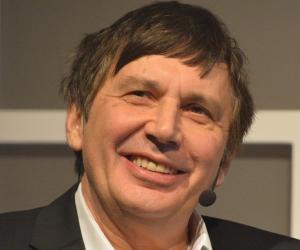
Andre Geim is a Russian-born Dutch-British physicist. He has been associated with the School of Physics and Astronomy at the University of Manchester for several years. In 2010, he was awarded the Nobel Prize in Physics jointly with Konstantin Novoselov in recognition of his work on graphene. He is also a recipient of the 2000 Ig Nobel Prize in Physics.

A doctorate in physics from MIT Cambridge, Ronald McNair worked on chemical lasers before joining NASA and in 1984 flew as a mission specialist on STS-41-B aboard Challenger, becoming the second African-American to do so. In January 1986, he was selected to fly on STS-51-L, but was killed along with rest of the crews when Challenger disintegrated soon after liftoff.
Architect Sir Christopher Wren had built over 50 churches in London, the most popular of them being the St. Paul’s Cathedral. He was a major force behind the formation of the Royal Society and was also knighted for his achievements. He was also a member of the English Parliament.
The son of a machine shop owner, Robert H. Goddard grew up to become a pioneer of rocketry. Interested in physics and mechanics since childhood, he dreamed of space flight. He developed the world’s first rocket that ran on liquid fuel. NASA's Goddard Space Flight Center is named after him.
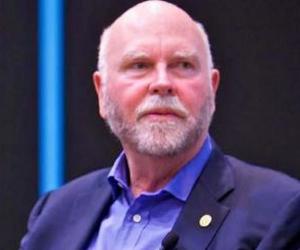
Craig Venter biotechnologist and businessman best known for leading the first draft sequence of the human genome. He is the founder of Celera Genomics and the Institute for Genomic Research (TIGR) and the co-founder of Human Longevity Inc. He received the Dan David Prize for his contribution to genome research and is a member of the American Philosophical Society.
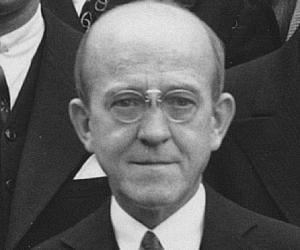
A pioneer of molecular biology, Oswald Avery revolutionized science with his research on the chemical processes involved in immunology. The Canadian-American bacteriologist initially aspired to be a musician. He later proved that DNA was the basis of heredity. Though nominated for the Nobel Prize multiple times, he never won it.
Nobel Prize-winning Australian physician Barry Marshall, along with his colleague Robin Warren, proved that gastric ulcers were caused by the bacteria Helicobacter pylori and not by spicy food and other causes as previously believed. Their research made it possible to cure such ulcers by treating the bacteria with antibiotics.
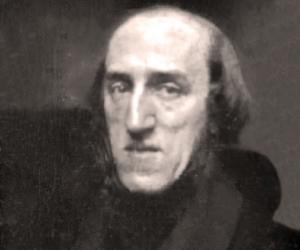
Belgian physicist and mathematician Joseph Plateau was a pioneer of the modern animation and movie industry, as he invented the phenakistiscope, the world’s first device to create an illusion of motion through images. He also laid down the structure of soap films through Plateau's laws.
Otto Heinrich Warburg was a German medical doctor and physiologist. In 1931, his discovery of the nature of the respiratory enzyme earned him the prestigious Nobel Prize in Physiology or Medicine. He also played an important role during World War I where he served as an officer in the cavalry regiment; he was honored with the Iron Cross for bravery.
Barnes Wallis was an English engineer, inventor, and scientist. He played an important role during the Second World War by inventing the bouncing bomb which was used in Operation Chastise by the Royal Air Force to attack the dams of the Ruhr Valley. Barnes Wallis is also credited with inventing the earthquake bomb and his version of the geodetic airframe.
Apart from being a successful botanist, Marie Stopes was also a popular activist, known for her contribution to the feminist cause. A leading supporter of birth control, she established the UK’s first clinic for family planning. She was also known for her books Married Love and Wise Parenthood.
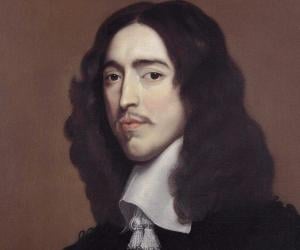
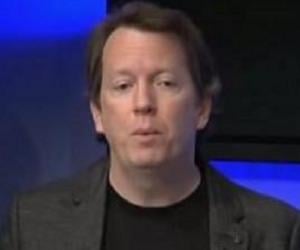
Theoretical physicist Sean M. Carroll is a renowned Caltech professor who considers himself an old-school theorist and often maps his research using pencil and paper. Interested in field theory, gravitation, and cosmology, he blogs often, had written popular books, and has also appeared on shows such as The Universe.
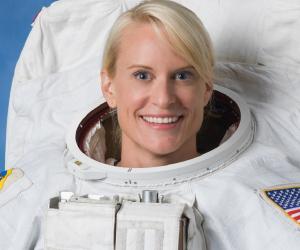
Kathleen Rubins is a microbiologist and NASA astronaut. In 2016, she became the 60th woman to fly in space when she launched on a Russian Soyuz spacecraft. She traveled to the International Space Station and returned to Earth after a few months. She has spent a total of 300 days, 1 hour, and 31 minutes in space.
Howard Florey was an Australian pathologist and pharmacologist. He is best remembered for his role in the formation of penicillin, for which he shared the prestigious Nobel Prize in Physiology or Medicine with Alexander Fleming and Ernst Chain in the year 1945. Florey is credited with carrying out the first clinical trial of penicillin at the Radcliffe Infirmary in 1941.
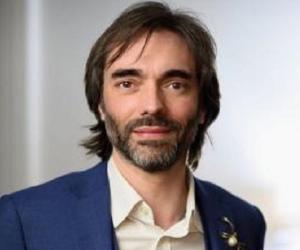
Fields Medal-winning French politician and mathematician Cédric Villani works mainly on mathematical physics, partial differential equations and Riemannian geometry. He serves as Member of the National Assembly for Essonne's 5th constituency, after being elected during the 2017 legislative election. He was a member of La République En Marche! but defected later to form the political party Ecology, Democracy, Solidarity.
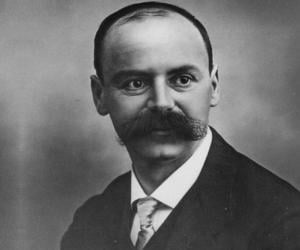
Karl Schwarzschild was a German astronomer and physicist. He is remembered for his contributions to the general theory of relativity; Schwarzschild came up with the first exact solution to the Albert Einstein field equations. He also contributed immensely to the theory of black holes.
Chen Ning Yang is a Chinese theoretical physicist known for his significant contributions to statistical mechanics, gauge theory, integrable systems, and both particle physics and condensed matter physics. He and Tsung-Dao Lee were awarded the 1957 Nobel Prize in Physics for their work on parity nonconservation of weak interaction. The men also elucidated the Lee-Yang circle theorem.
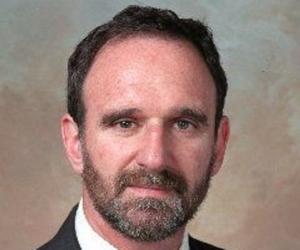
Trofim Lysenko was a Soviet biologist and agronomist. Lysenko was one of the most influential supporters of Lamarckism. He also condemned Mendelian genetics and supported Lysenkoism, a political campaign that rejected natural selection. Lysenko used his political power to imprison his critics. Several Soviet scientists, including Nikolai Vavilov, who failed to renounce genetics were either imprisoned or killed.
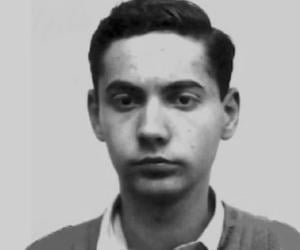
Theodore Hall was an American physicist. He was one of the atomic spies for the Soviet Union during World War II. Hall gave a detailed description of a plutonium bomb named Fat Man to the Soviet Union. He also passed on vital information such as the processes involved for purifying plutonium. His life inspired a documentary titled A Compassionate Spy.
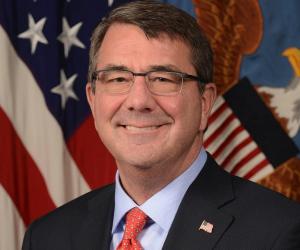
Yale and Oxford alumnus Ashton Carter had interestingly bagged his first job at a car wash at 11. He grew up to teach at Harvard and Stanford and also served as the U.S. Secretary of Defense under Barack Obama. The physicist now heads the Belfer Center for Science at Harvard.
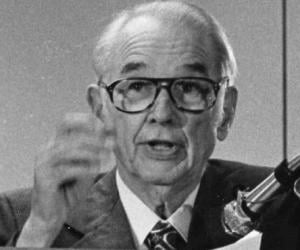
Born to an electrical engineer father and a math teacher mother, John V. Atanasoff grew up to invent the Atanasoff-Berry Computer, which was declared the world’s first electronic digital computer after a legal dispute. The physicist was also an active part of the atomic bomb tests conducted at Bikini Atoll.
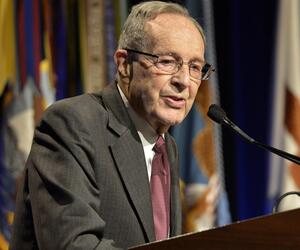
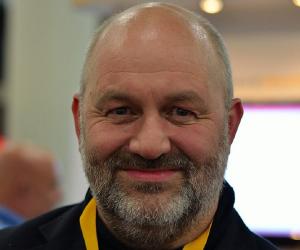
Christiane Nüsslein-Volhard is a German developmental biologist. She studied at the University of Tübingen where she earned a Ph.D. for her research on protein–DNA interactions. Together with biologist Eric Wieschaus and geneticist Edward B. Lewis, she received the Nobel Prize in Physiology or Medicine in 1995. She is also a recipient of the Gottfried Wilhelm Leibniz Prize.
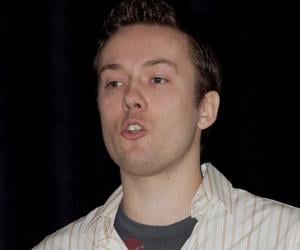
David Heinemeier Hansson is a Danish programmer best known as the creator of the popular Ruby on Rails web development framework. Along with Dave Thomas, he co-wrote Agile Web Development with Rails. He is a partner at the web-based software development firm Basecamp. Also a car racing enthusiast, he took part in the 2012 24 Hours of Le Mans.
German mathematician Richard Dedekind is best remembered for his ideas on the real number and infinity. Initially interested in subjects such as physics and chemistry, he later deviated to math. He taught at various institutes and was awarded honorary doctorates from universities of Zurich, Oslo, and Braunschweig.
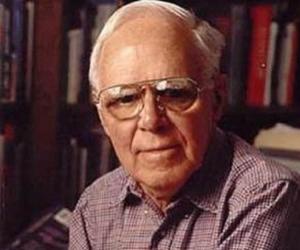
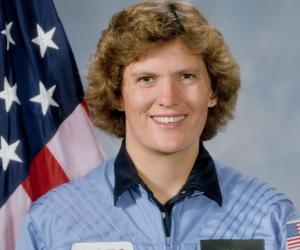
US oceanographer, geologist, and former US Navy officer and NASA astronaut Kathryn D. Sullivan scripted history in 1984 when she became the first woman from the US to walk in space. Apart from being part of 3 Space Shuttle missions, she also worked in various administrative posts at the National Oceanic and Atmospheric Administration.
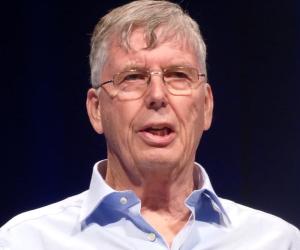
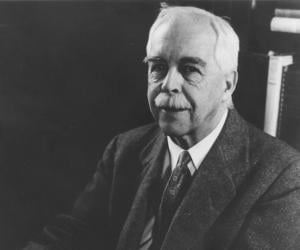
Gilbert N. Lewis was an American physical chemist best remembered for his detection of the covalent bond. He made immense contributions to photochemistry, chemical thermodynamics, and isotope separation. Gilbert N. Lewis received 41 nominations for the Nobel Prize in Chemistry, but never won the award. However, he influenced and mentored numerous Nobel laureates, including Harold Urey and William F. Giauque.
Mark Oliphant was an Australian humanitarian and physicist who played a prominent role in the first experimentation of nuclear fusion. He also played an influential role in the development of nuclear weapons. Oliphant is credited with founding the Australian Academy of Science. Over the course of his illustrious career, Mark Oliphant received several prestigious awards, such as the Hughes Medal.
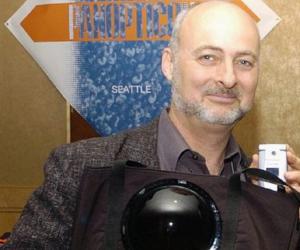
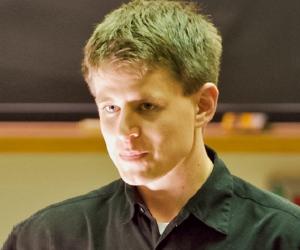
Randall Munroe quit his career as a NASA roboticist to re-live his childhood obsession with comics by creating the award-winning webcomic xkcd. He also writes a science blog and has penned New York Times bestsellers such as What If? and Thing Explainer. His other interests include kite photography.
